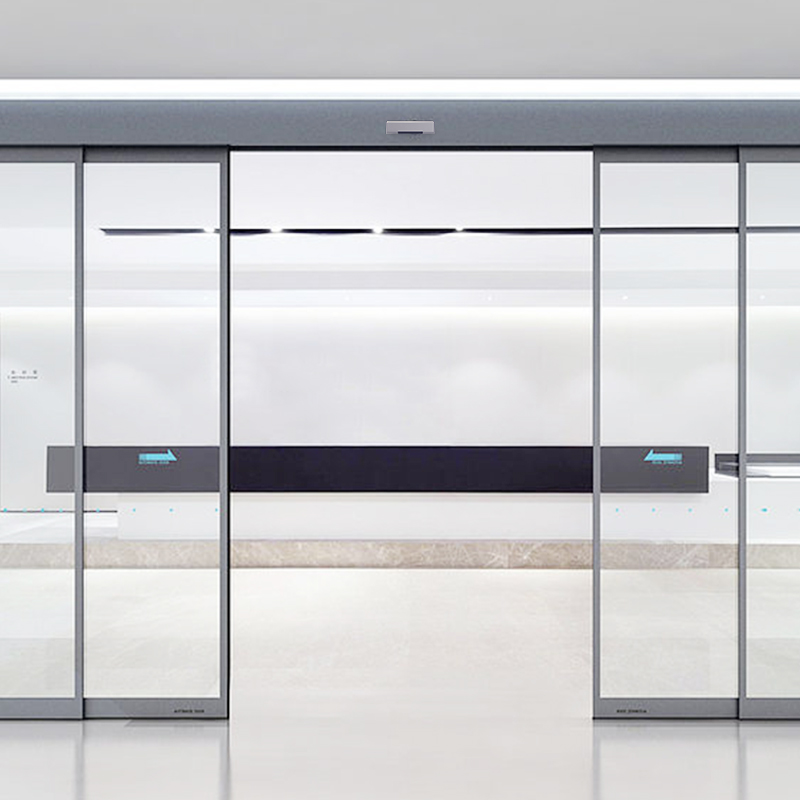How do manufacturers approach the design and construction of automatic door sensors to ensure durability and longevity in high-traffic environments?
Automatic door sensors are integral components of modern buildings, providing convenience, accessibility, and safety for users. In high-traffic environments, such as shopping malls, airports, and hospitals, automatic door sensors are subjected to constant use and wear. Manufacturers face the challenge of designing and constructing these sensors to withstand the rigors of heavy foot traffic while ensuring durability and longevity. This article explores how manufacturers approach the design and construction of automatic door sensors to meet the demands of high-traffic environments.

1. Robust Materials and Construction:
Manufacturers prioritize the use of high-quality materials and robust construction techniques to ensure the durability of automatic door sensors. Components such as housings, mounting brackets, and sensor modules are engineered to withstand impact, vibrations, and exposure to environmental elements.
2. Sealed and Weatherproof Enclosures:
Automatic door sensors are often installed in exterior doors exposed to varying weather conditions. Manufacturers design sealed and weatherproof enclosures to protect internal components from moisture, dust, and debris. These enclosures prevent corrosion and damage, ensuring reliable operation in harsh environments.
3. Impact-Resistant Design:
Automatic door sensors in high-traffic environments are susceptible to accidental impacts from carts, luggage, or wheelchair users. Manufacturers incorporate impact-resistant features such as reinforced housings, shock-absorbing materials, and protective covers to safeguard sensor components from damage.
4. Enhanced Sensor Technology:
Manufacturers employ advanced sensor technology that can withstand continuous use and maintain accuracy in high-traffic environments. This includes robust motion detection algorithms, reliable presence detection sensors, and adjustable sensitivity settings to accommodate varying traffic levels without compromising performance.
5. Continuous Testing and Quality Assurance:
Manufacturers subject automatic door sensors to rigorous testing and quality assurance protocols to ensure durability and reliability. This includes simulated high-traffic scenarios, accelerated aging tests, and environmental stress testing to validate performance under real-world conditions.
6. Modular and Serviceable Components:
Manufacturers design automatic door sensors with modular and serviceable components to facilitate maintenance and repairs in high-traffic environments. Easily replaceable sensor modules, wiring harnesses, and connectors enable quick and cost-effective servicing without the need for extensive downtime.
7. Warranty and Support:
Manufacturers provide comprehensive warranties and support services to guarantee the durability and longevity of automatic door sensors in high-traffic environments. Extended warranties, technical support hotlines, and on-site servicing options ensure peace of mind for building owners and facility managers.
Conclusion:
Manufacturers of automatic door sensors employ a combination of robust materials, weatherproof enclosures, impact-resistant design features, advanced sensor technology, continuous testing, and comprehensive support services to ensure durability and longevity in high-traffic environments. By addressing the unique challenges posed by heavy foot traffic, manufacturers enable automatic door sensors to provide reliable and efficient operation, contributing to seamless access and enhanced user experience in busy public spaces.







